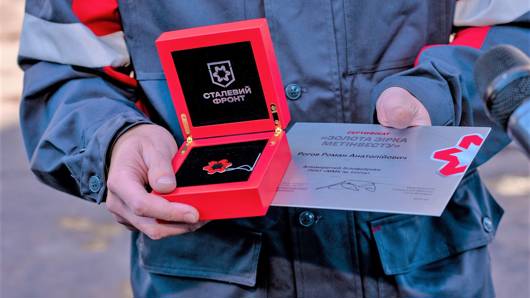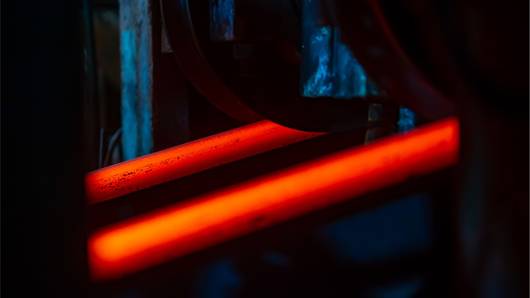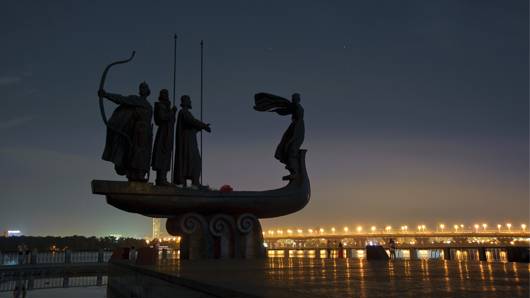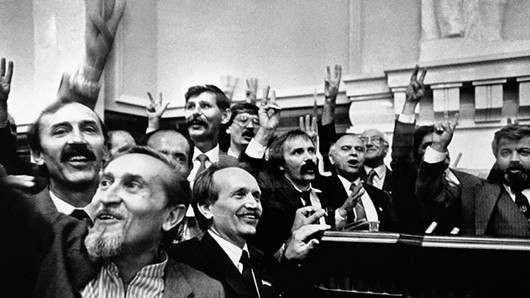Elon Musk's Mars aspirations became possible thanks to Serhii Korolov's work. It was this talented Ukrainian who paved the way into space for humankind.
The whole world now knows that Ukrainians are awesome. Courageous, smart, talented. This, however, could not come out of nothing. Our modern achievements have a strong foundation - the genius of generations of outstanding predecessors.
In search of wings
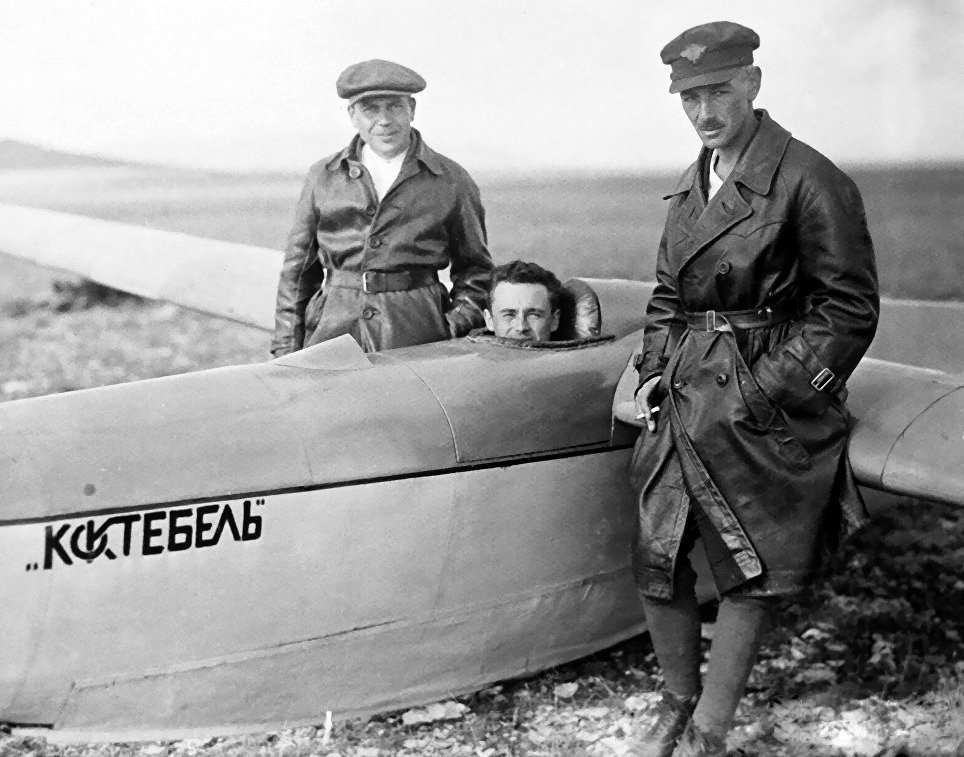
Serhii Pavlovych Korolov's favourite song was the wistful "I'm Looking at the Sky," where the lyrical hero laments his inability to fly. We have to admit that this is quite symbolic, because the scientist himself dedicated his life to giving people wings. The kind that will take them "far beyond the clouds".
Korolov designed his first aircraft at the age of 17. It was a glider - a motorless airplane called the K-5 His drawings were sent to the Central Sports Section in Kharkiv. The young man gained knowledge of the theory and practice of aircraft design at the courses at the Society of Aviation and Aeronautics of Ukraine and Crimea.
Next was the Faculty of Mechanical Engineering at the Kyiv Polytechnic Institute. The future inventor hoped to become an aviation engineer there. However, the Department of Aviation was never opened at the Faculty of Mechanical Engineering of the Kyiv Polytechnic Institute. So, in 1926, Serhii Korolov transferred to the Aeromechanical Faculty of the Bauman Moscow State Technical University to study aircraft construction
The persevering student combined his studies at the Bauman Moscow State Technical University with work. He worked at aviation plants, first as a technician and later as a design engineer. He spent a great deal of time flying planes. He designed sliders called the SK-4 (his graduation project) and SK-3 "Red Star". In 1930, Korolov contracted typhus, which resulted in disability. From that moment on, he could no longer fly airplanes. But where the aviator disappeared, a space conqueror was born.
CURIOUS HISTORY FACT
The "father" of the American space programme, Wernher von Braun, allegedly admitted that the United States failed to get ahead of the USSR because they did not have their own Korolov.
Time for rockets
In the early 1930s, Serhii Korolov was appointed deputy head of the Jet Propulsion Research Institute. Of course, the focus of the research was on missile weapons because the USSR was set to engage in sabre-rattling back then. But the scientist was soon fired. He continued as an ordinary engineer, designing cruise missiles.
During Stalin's "Great Terror", Serhii Pavlovych was arrested. The scientist was interrogated and tortured, and then sentenced to 10 years in camps. The authorities decided that gold mining in Kolyma was the best way to put his talents to good use. The designer was released only in 1944.
Almost winning the Nobel prize
Serhii Korolov could have received the Nobel Prize for the successful launch of the world's first artificial Earth satellite, but the Soviet authorities concealed the scientist's name. When the Nobel Committee asked the USSR to reveal the name of the designer, Khrushchov refused, saying that the designer was "all the Soviet people." Khrushchov later said that it was to "protect" scientists from "enemies."
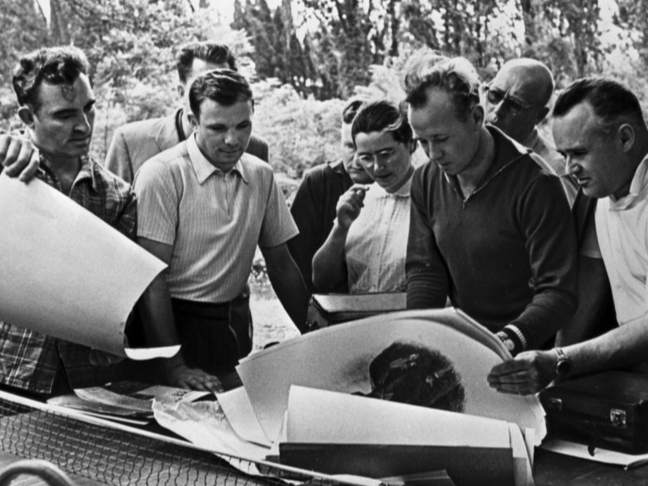

Korolov worked tirelessly. Under the leadership of the prominent Ukrainian, missiles with a range of 300, 600, and 1200 kilometres were created one after another. Korolov's focus was on the design of multi-stage intercontinental ballistic missiles. His MBR R-7 had a range of 8,000 kilometres, and the modernised version of the MBR R-7A could reach as far as 12,000 kilometres. Soon after, the experimental RT-1 solid-fuelled rocket, the progenitor of modern missile systems, was designed.
Getting closer to space
Military achievements were only a starting point for subsequent space exploration. Thanks to Serhii Korolov's efforts, on 4 October 1957, the world's first artificial satellite was launched. One month later, the second one went into orbit, carrying a dog named Laika on board. On 12 April 1961, Yuri Gagarin's historic space flight took place.
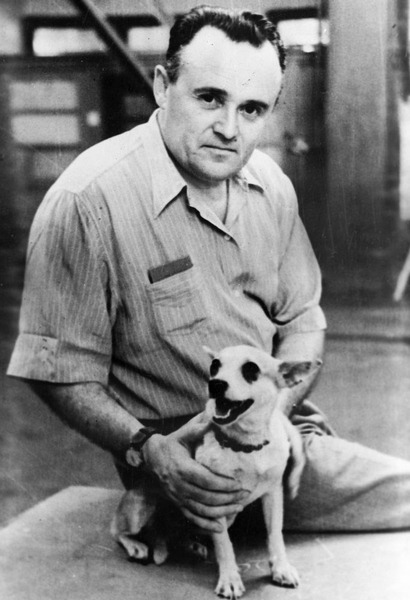
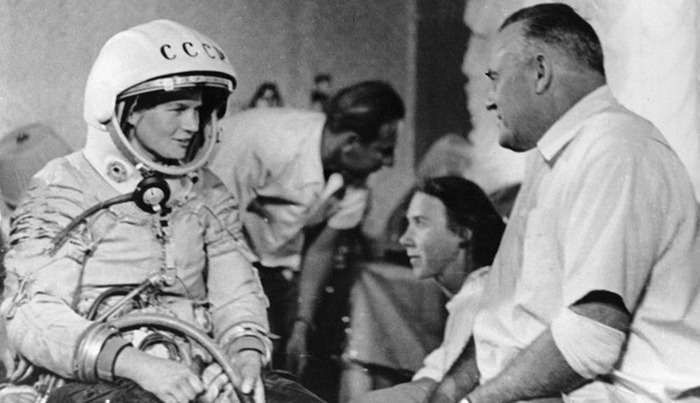
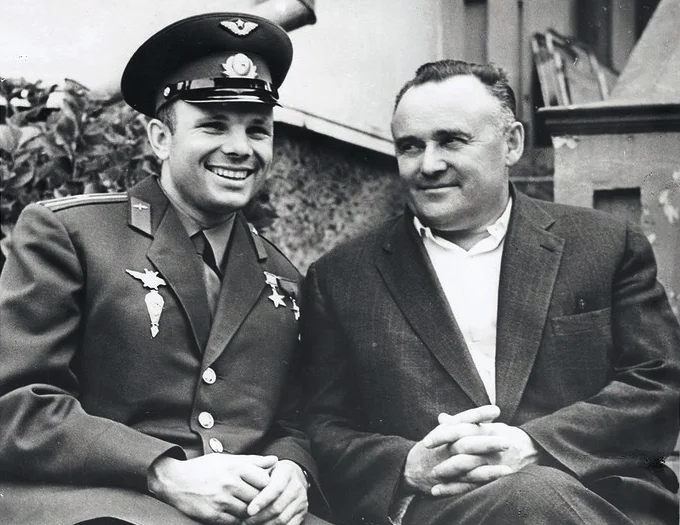
Four milestone launches
Korolov was the first to carry out four historic launches that paved the way for later development of science and technology. The launch of a ballistic missile from a submarine. The launch of the first artificial Earth satellite into space. The Launch of the first satellite carrying a living creature on board. And ultimately, the launch of the first cosmonaut Gagarin.
During his lifetime, the outstanding scientist saw seven more flights of manned spacecrafts successfully completed and numerous satellites, space research stations and systems launched. He also dreamed of flying - his imagination reached past the planets. However, Korolov never saw outer space with his own eyes. But his 'orlyky' (literally 'eaglets'), as the designer called the astronauts, made his big dream come true. One interesting fact proves that they had a warm relationship. Remember Serhii Pavlovych's favorite song we mentioned at the beginning of the text? It was this song that the first Ukrainian cosmonaut Pavlo Popovych sang during his spacewalk. At that time, "I'm Looking at the Sky" was performed for Korolov.
Instead of an afterword
We have not told even a tenth of what is known about our incredible fellow countryman because his story is difficult to fit into the 'born-studied-created' mold. The"Martian Notebook" alone with drawings of the landing on the red planet says a lot. Finally, we need to thank the Zhytomyr inventor for a number of things we use in our daily lives. After all, a TV set that can receive channels even from the other side of the world, a cell phone that can call anywhere in the world, a navigation system available to every driver, and the Internet in any corner of the world are the legacy of Korolov's space technologies.






